Latest NRAO News
News is managed by NRAO News & Public Information. Questions about News? Have a story to share? Want to interview a scientist or create new media about our telescopes?
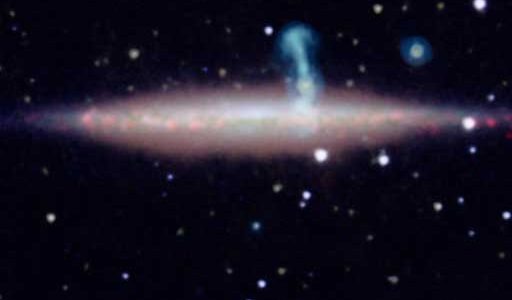
Astronomers studying gas halos around nearby galaxies were surprised Very Large Array showed that one of their subjects is not a single galaxy, but two, superimposed on the sky to masquerade as one.
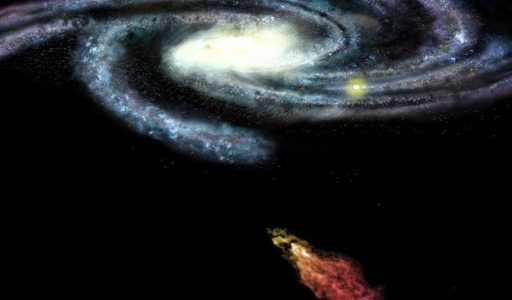
Doom may be averted for the Smith Cloud, a gigantic streamer of hydrogen gas that is on a collision course with the Milky Way Galaxy.
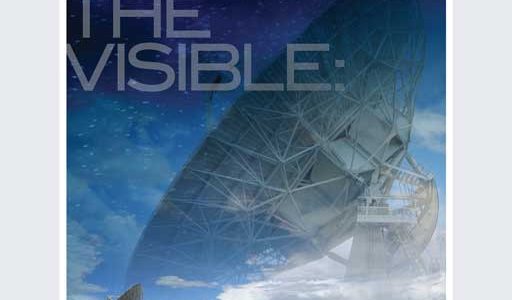
Academy Award-winning actress Jodie Foster narrates our new VLA Visitor Film.
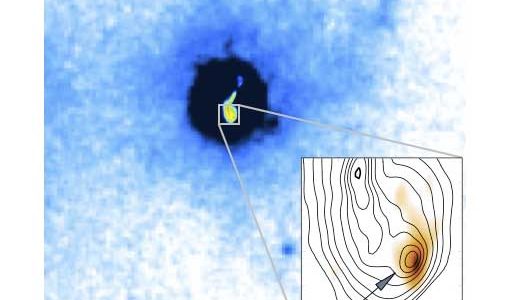
Astronomers using a worldwide network of radio telescopes have found strong evidence that a powerful jet of material propelled to nearly light speed by a galaxy’s central black hole is blowing massive amounts of gas out of the galaxy.
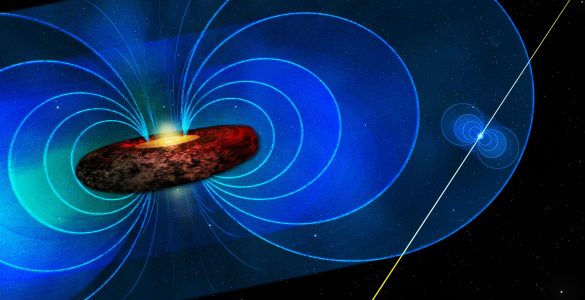
Astronomers have made an important measurement of the magnetic field emanating from a swirling disk of material surrounding the black hole at the center of our Milky Way Galaxy.
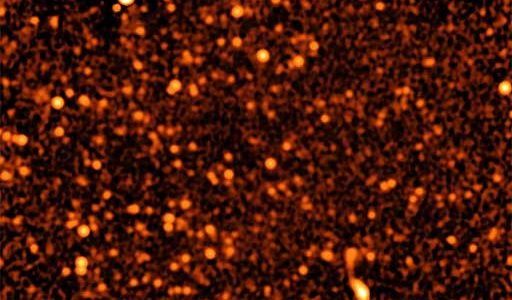
Staring at a small patch of sky for more than 50 hours with the ultra-sensitive Very Large Array, astronomers have for the first time identified discrete sources that account for nearly all the radio waves coming from distant galaxies.
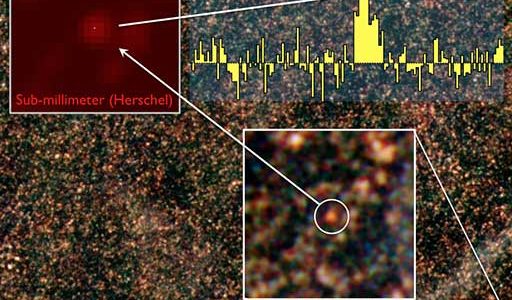
Astronomers using a world-wide collection of telescopes have discovered the most prolific star factory in the Universe, surprisingly in a galaxy so distant that they see as it was when the Universe was only six percent of its current age.
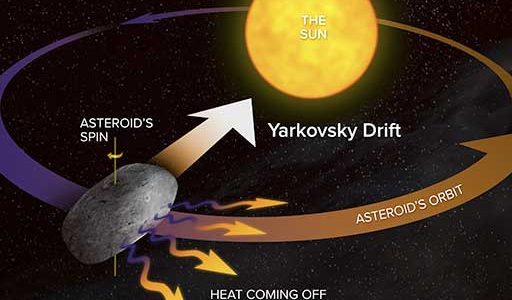
The record-setting close approach of an asteroid on February 15 is an exciting opportunity for scientists, and a research team will use National Radio Astronomy Observatory and NASA telescopes to gain a key clue that will help them predict the future path of this nearby cosmic neighbor.
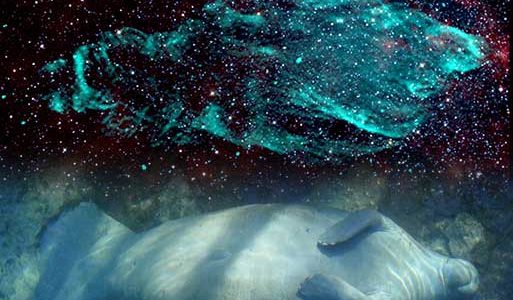
A new view of a 20,000-year old supernova remnant demonstrates the upgraded imaging power of the National Science Foundation’s Very Large Array and provides more clues to the history of this giant cloud that resembles a beloved endangered species, the Florida Manatee.
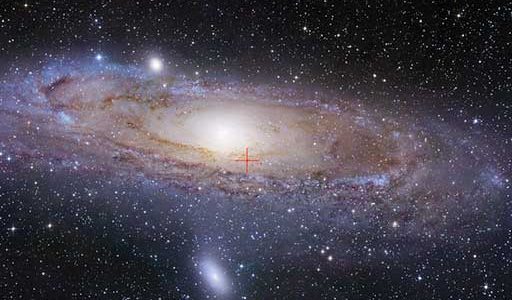
For the first time, astronomers have found a microquasar — a black hole devouring material from a companion star — in a galaxy beyond our own Milky Way.





